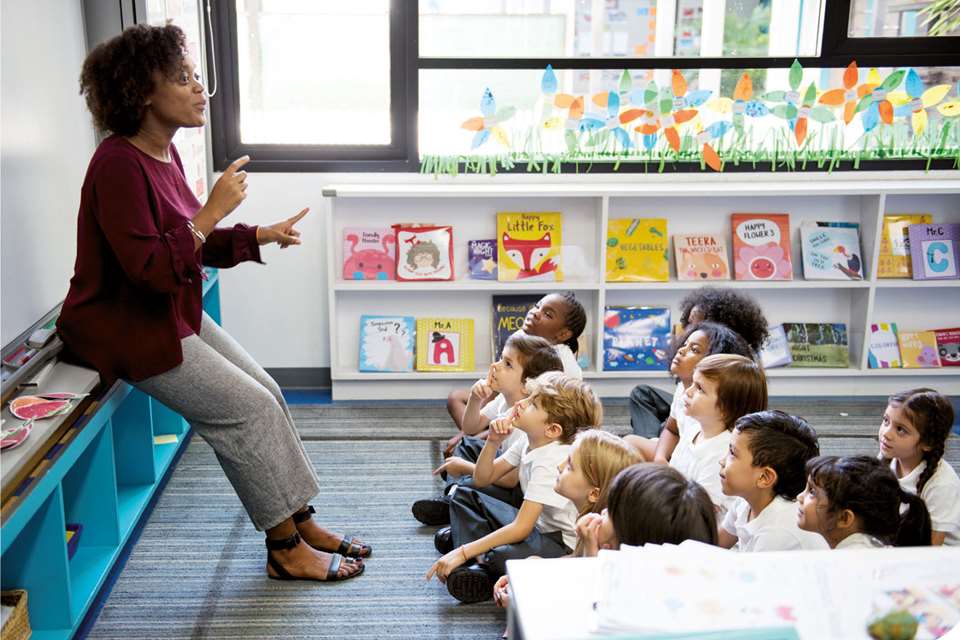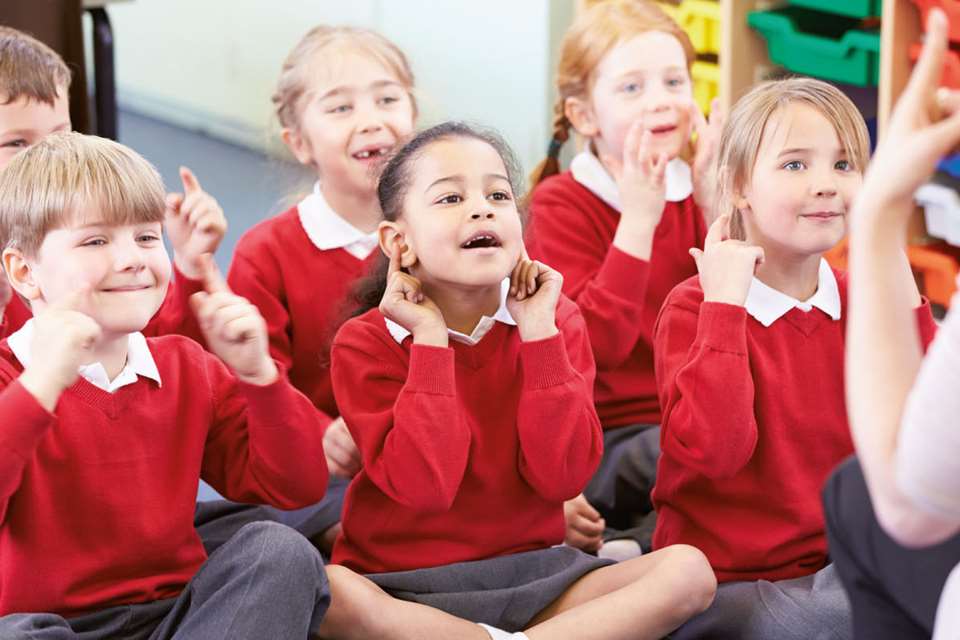Music teacher education column: Boots on the ground
Rebecca Berkley
Friday, July 1, 2022
This month in her column on music teacher education, Rebecca Berkley considers the positive impact of practical opportunities and peer-to-peer collaboration.

AdobeStock/Win Win
In 2017 I started Universal Voices – a free community choir for children aged 7-12 that I direct at the University of Reading. I started this project so that music education students could learn to run a choir – by completely running a choir. Students volunteer with Universal Voices, taking on project management roles, teaching the embedded musicianship classes and conducting the choir. I was particularly keen to give the students who had not had a positive experience of singing in their own schooling a chance to become confident singers and choral leaders.
Watching how the student volunteers formed a community has been particularly interesting. I interviewed students and asked them how working together had helped them learn teaching and leadership skills, and they found that boots on the ground learning is essential. As one student commented: ‘The only way you can do it is by just getting up and doing it with children. Not with your peers, but with actual children, because then you get all the questions that children ask you. You can experience all the things that can go wrong with the children, all the little misbehaviours that you need to deal with.’
Practical know-how for teaching must be constructed from lived experiences in the classroom. Student teachers need to experience the comfort and discomfort of doing everything at once – conducting gestures, teaching the songs, listening back to the sound, correcting mistakes, shaping the sound, managing the behaviour of the children – to understand how they can be choral educators. This practical experience with Universal Voices enables students to develop an identity as choral educators, which they then can replicate elsewhere in other schools because they have already walked this walk at university.
Students learnt by watching and copying their peers. They organised themselves into teaching teams, taking a variety of roles as session leaders and teaching assistants. Because they knew that everyone was learning together, students were very supportive of each other. ‘In the musicianship session we would bounce off each other and support each other. We got ideas off people in the other groups; we have so many different activities between us. Everyone has so many good ideas, especially the year above us,’ said one student.
Students commented that working together meant they could rely on collective knowledge and expertise in singing, conducting, learning support, teaching musicianship, keyboard skills and project management in the group. Without my asking them to, students began to mentor those in the year below them, with one saying: ‘because we'd been teaching assistants [last year] we knew how to support the [students from the] year below. It was nice to support somebody else who we knew was going to take over the group and put the advice that the year above us have given us to the year below.’ Students who lacked confidence in their own skills began to take risks and try out new things in their teaching because of their peers’ help.
Working together as a community is essential for student music teachers. When they work alongside other music teachers, they can see how colleagues tackle the same challenges. They can draw on the collective knowledge of peers, and also can contribute to this shared knowledge though discussion, teaching and mentoring fellow teachers.
A final thought from a student sums up the importance of this method of teacher training: ‘I think when the children see the adults working together, rather than one person in charge telling [them] what to do… the children then start to work together, and that is valuable. I think it is really important for adults to show that to children.’
To find out more about Universal Voices email universalvoices@reading.ac.uk, or follow @UniRdg_UV on Twitter.




